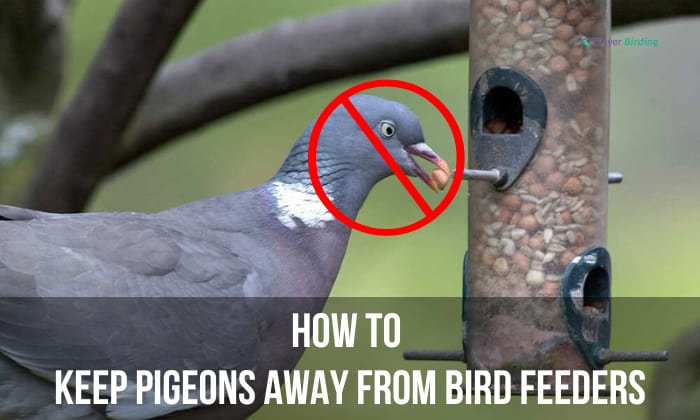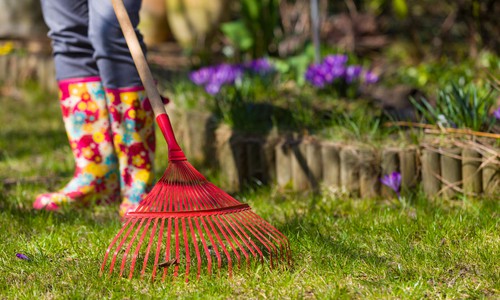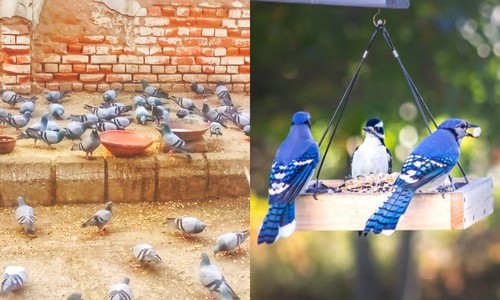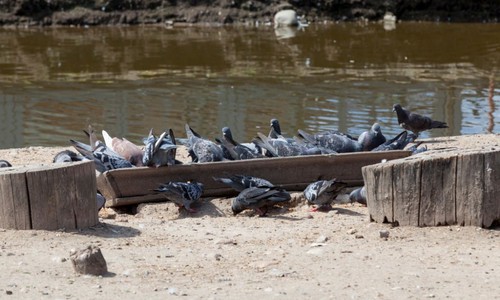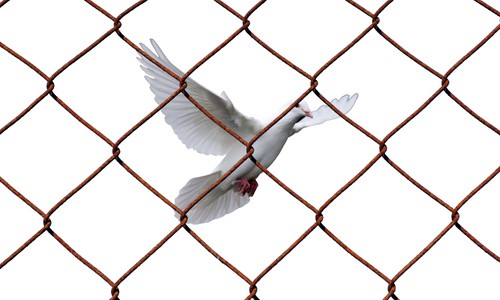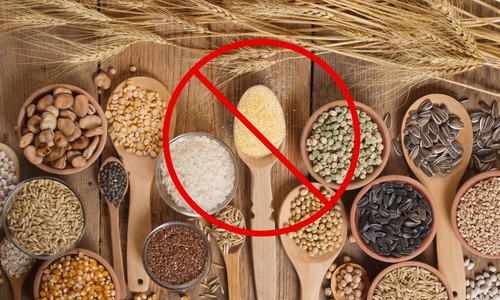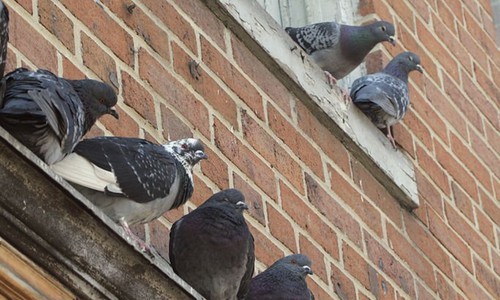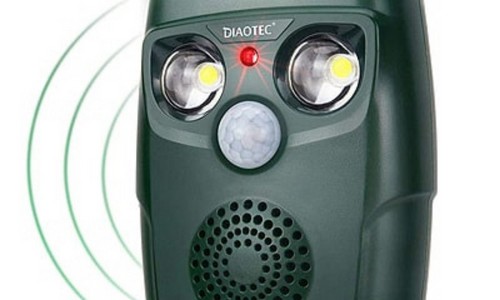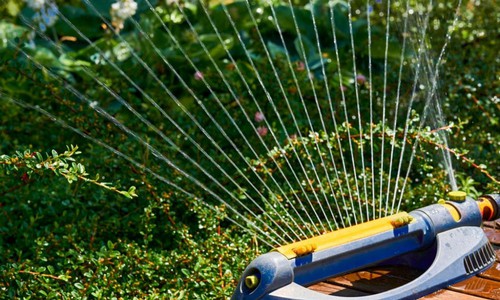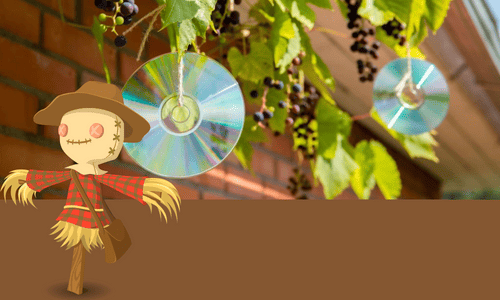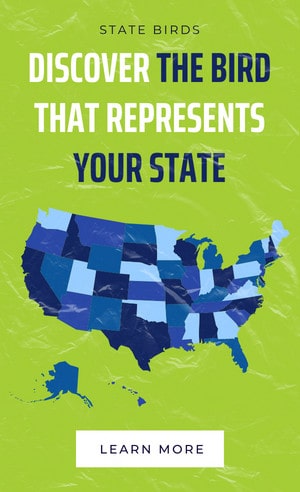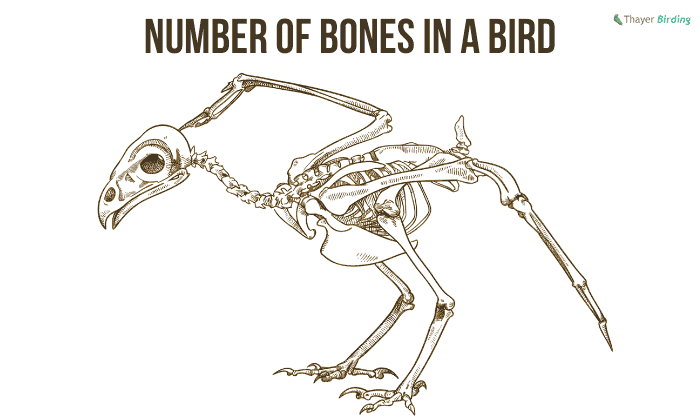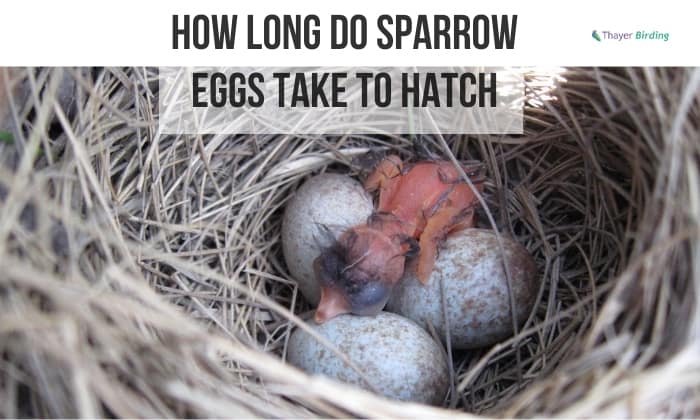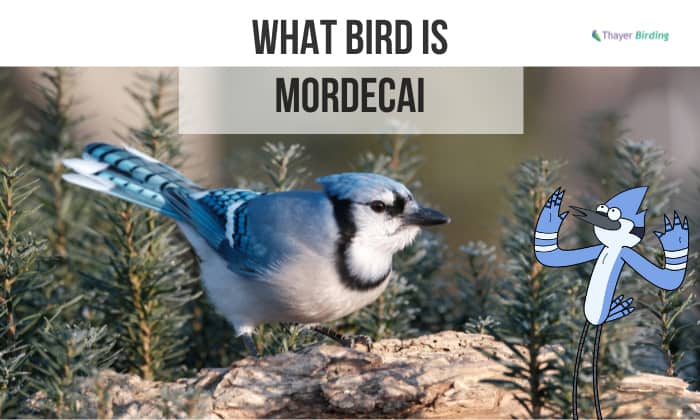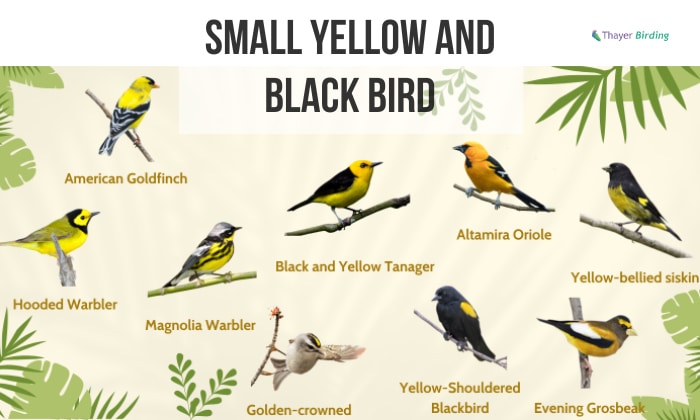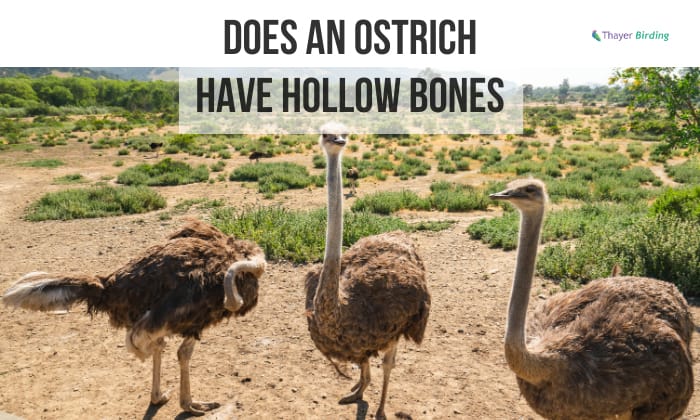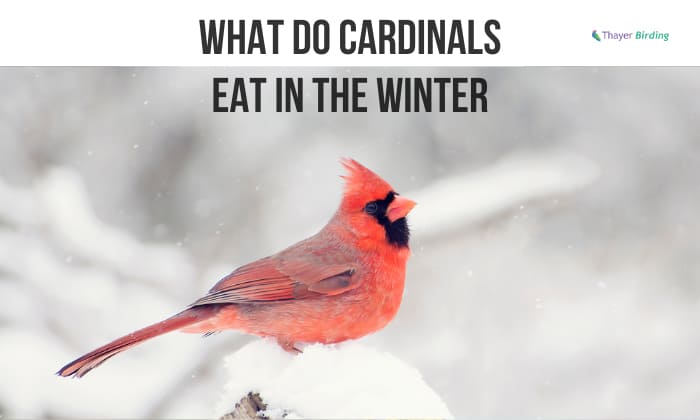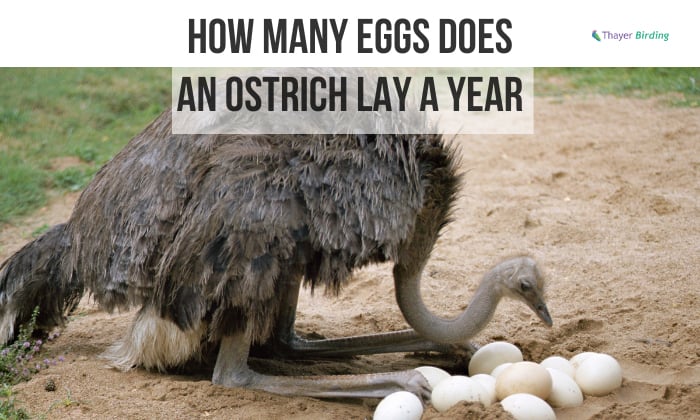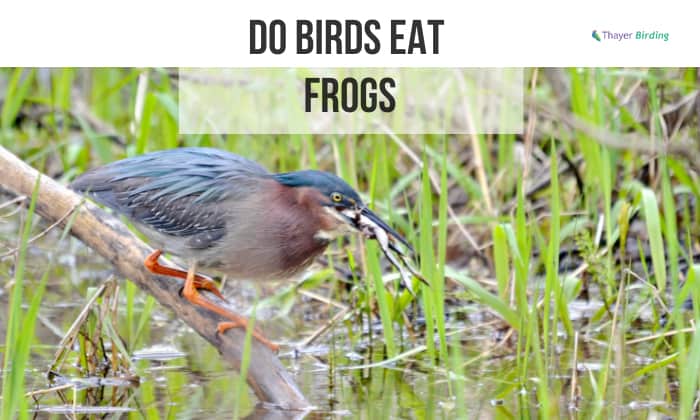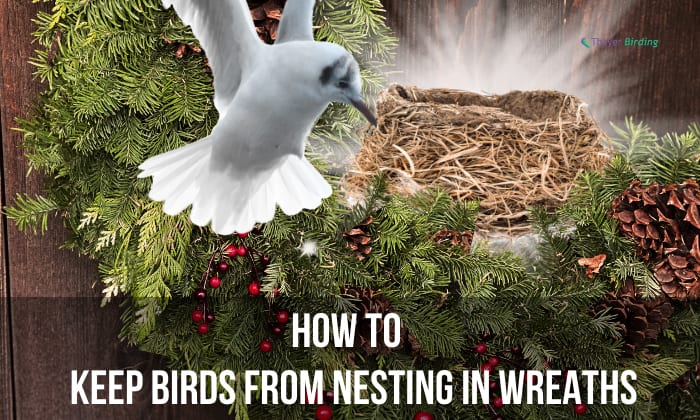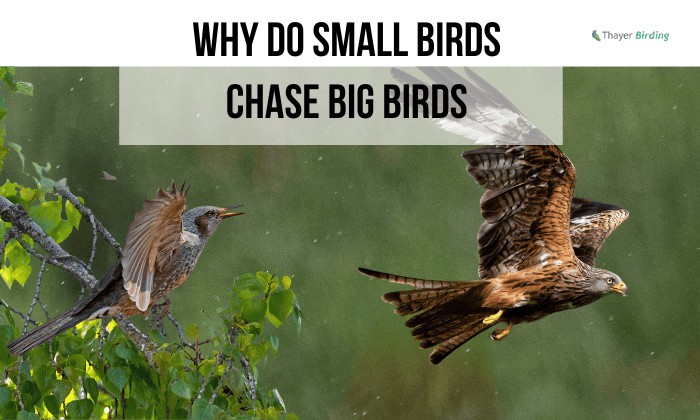Are pigeons causing havoc at your bird feeders, monopolizing the food and scaring away smaller, more delicate birds? Don’t worry! With a few simple strategies, you can effectively keep pigeons away and create a welcoming space for your feathered friends.
In this guide, we will explore proven techniques on how to keep pigeons away from bird feeders.
From selecting the right pigeon proof bird feeder to using physical barriers and natural deterrents, we will provide you with practical solutions to enjoy the company of smaller birds while keeping the persistent pigeons at bay.
Get ready to transform your bird feeding experience into a tranquil and diverse avian haven.
Table of Contents
- Ways to Keep Pigeons Away From Bird Feeders
- 1. Keep Your Garden and the Ground Under Your Feeders Clean.
- 2. Feed the Pigeons in a Different Area
- 3. Choose the Right Bird Feeder.
- 4. Use Physical Deterrents.
- 5. Put Out Bird Food That Pigeons Don’t Like.
- 6. Deter Pigeons From Roosting and Nesting on Your Property.
- 7. Install a Sound Deterrent.
- 8. Make Use of Water Sprinklers or Sprayers.
- 9. Use a Decoy or Scare Devices and Reflectors
- 10. Make a Homemade Pigeon Proof Spray.
- Frequently Asked Questions
- Conclusion
Ways to Keep Pigeons Away From Bird Feeders
Before using tools to keep the pigeons away, you can follow these preventive measures first.
1. Keep Your Garden and the Ground Under Your Feeders Clean.
This is a very important step to prevent the pigeons return. Even if you install the correct feeder, some of the seeds could spill on the ground, and they will attract these pesky flock of birds to your garden, since pigeons are typical ground foragers.
Make sure to always sweep the ground below the feeders and keep your garden clean if you want to feed birds without attracting pigeons.
2. Feed the Pigeons in a Different Area
If you want to feed the small songbirds and continue giving food to pigeons, setting up a distinct feeding area is an effective way to keep doves off bird feeders.
The pigeon-feeding area should be a considerable distance away from your feeders or on the other side of the yard, so these avians won’t hop from one station to another and bother other birds.
3. Choose the Right Bird Feeder.
Choose an anti pigeon bird feeder with weight-activated perches that close when heavier avians, like pigeons, land on them. The simplest option is a tube feeder, which is too small for pigeons to access.
Pigeons are ground feeders, so remove any food sources or feeding trays that are on the ground. Hang your feeders or elevate them and use designs with baffles to prevent access.
4. Use Physical Deterrents.
Install physical barriers such as a wire mesh or netting. Surround the feeder with bird netting to create a barrier that prevents pigeons from reaching the food while still allowing smaller birds to access it.
Install feeders that are elevated and have perches that are small or slippery. Pigeons prefer flat and stable surfaces for feeding, so a feeder design that makes it difficult for them to perch comfortably will be at an angle.
5. Put Out Bird Food That Pigeons Don’t Like.
One of the most effective ways to scare away pigeons but not other birds is to supply bird food that does not appeal to them.
Pigeons tend to prefer grains like milo and millet, fruits like berries, and sunflower seeds. By not putting out these kinds of items, you can deter them from visiting. Opt for food that is unappealing to pigeons, such as suet, peanuts, Nyjer seeds, and mealworms.
6. Deter Pigeons From Roosting and Nesting on Your Property.
If you’re like me, who doesn’t want pigeons nesting near my bird feeders and home, prevent them from roosting and nesting in your barn.
Install roosting spikes to prevent these birds from perching on the roof or ledges in your garage or balcony. Also, it is important to seal all the holes on the roof with caulk to keep them from building nests on your awnings and place a cover over all the open vents in your house.
You can also use contact bird gel to prevent birds from perching on specific spots. For pigeons, an optical gel that contains natural oil mimics the color of fire and will repel them from the site.
Don’t worry, these gels are non-toxic and won’t harm the pigeons.
7. Install a Sound Deterrent.
Install sound deterrents in your yard, such as an ultrasonic bird repellent. The sound they emit can only be heard by birds and won’t bother humans such as your neighbors! This will work best when combined with other pigeon-proofing strategies.
Also, check the range of the repellent. Don’t put it near your small bird feeders because it could also scare them away.
8. Make Use of Water Sprinklers or Sprayers.
Setting up a motion-activated sprinkler system near the bird feeder is another strategy to keep doves away. When pigeons approach, the sudden burst of water will startle them, deterring them from coming back.
This will only work though if you have a small yard. A bigger area will require multiple strategies to get rid of pigeons, since water sprinklers have a limited range.
9. Use a Decoy or Scare Devices and Reflectors
Place a scarecrow, fake predator, or owl decoy near the bird feeder. Pigeons are wary of these visuals, thinking they are threats. Move the scare devices regularly to prevent pigeons from getting accustomed to them.
A plastic owl may not be the best option because it is static and looks like a toy—even pigeons can tell! Choose a life-size owl decoy with body parts that move with the wind, hang it, or fix it on a pole to scare and prevent pigeons from returning.
Another option is to hang CDs, mirrors, or aluminum foil strips near the feeder. The flashing light and reflections can startle pigeons, making them less likely to visit the area.
10. Make a Homemade Pigeon Proof Spray.
Certain strong odors like spices bother pigeons. You can make a DIY pigeon proof spray to use on surfaces to keep pigeons from landing on these areas, such as ledges on your balcony or near your feeders.
Take note, though, that this is not a long-term solution and should be used along with other methods to keep pigeons away.
Pigeons dislike the smell of strong spices such as black pepper, cayenne pepper, and chili powder. You can mix these with vinegar or water and use them to spray on exteriors where you don’t want the pigeons to perch.
Related Tips: How to Get Rid Raccoons Out of Bird Feeders
Frequently Asked Questions
Why are pigeons attracted to bird feeders?
Pigeons like going to bird feeders for an easy meal. Even if the feeders are meant for small birds, it is common for food and bird seeds to fall on the ground, and this is what the pigeons are after.
Any food on the ground or even leftover meals in your garbage can attract these pigeons in large numbers.
Is it safe to use pigeon repellents around birds?
Pigeon gel repellents, while effective in deterring them, can pose risks to other bird species. These repellents often contain chemicals that can harm non-target birds.
Chemical-based repellents might lead to toxic exposure or contaminate food sources. Choose bird gels that have non-toxic ingredients and those that do not contain polybutylene because they can stick to the bird’s feathers.
Likewise, physical deterrents like netting or spikes can entangle or injure unintended avian visitors. If you’re worried about this possibility, try other methods or call a professional pest control expert.
Conclusion
Determining how to keep pigeons away from bird feeders might take time. Be consistent with your chosen methods and remain patient as the pigeons gradually learn to avoid the area.
It is essential to ensure the techniques you use are humane and safe for the birds and the environment. Avoid using harmful or dangerous methods that could harm pigeons or other wildlife.
We hope that you found this article helpful. If you have any additional questions or have methods of your own, you can let us know in the comments below.

George and I became friends after a birdwatching trip with our new group. And we have been enjoying every adventure together. When he told me the idea of establishing a site that shares our experiences and fun, I immediately agreed. After trials and errors, here we have Thayerbirding.


